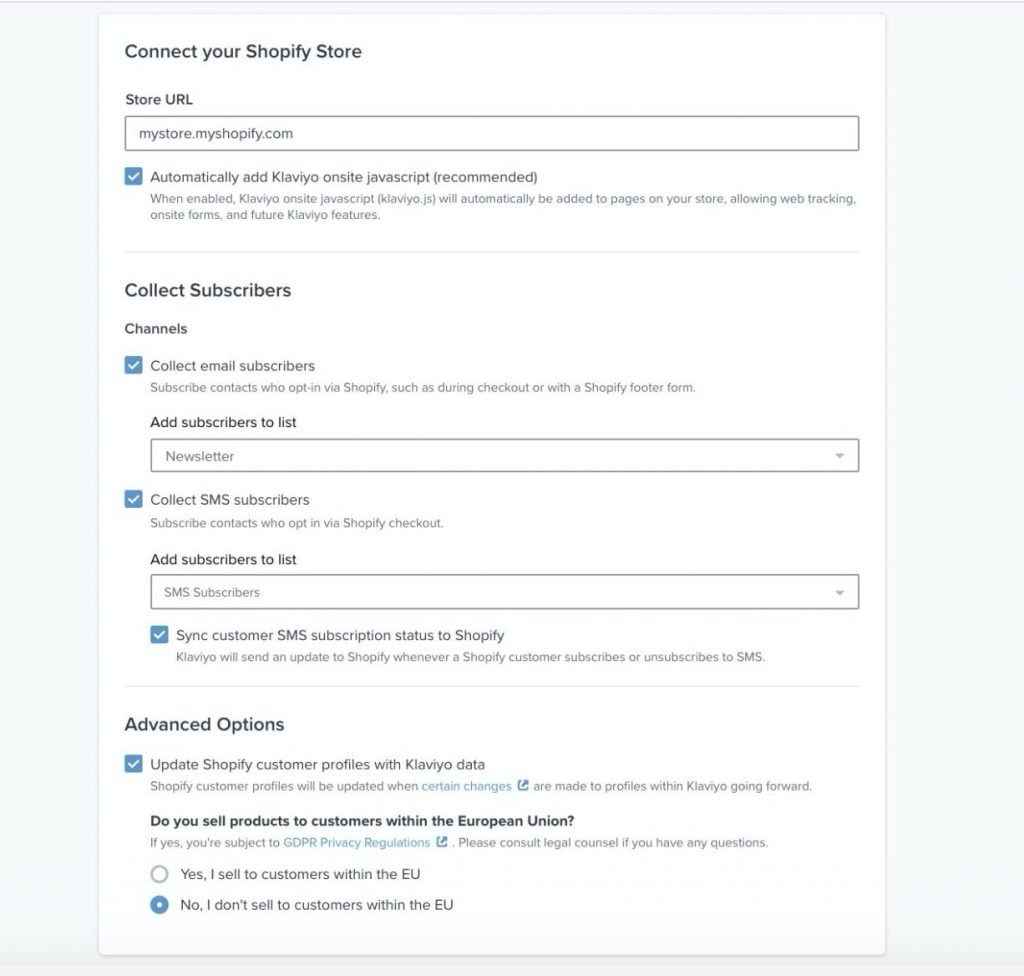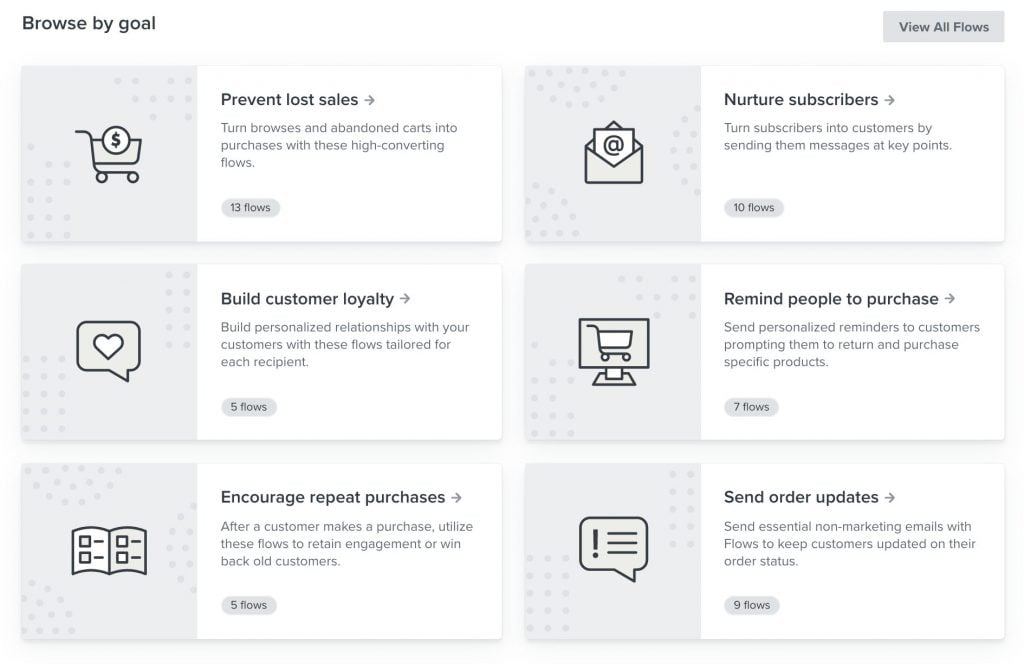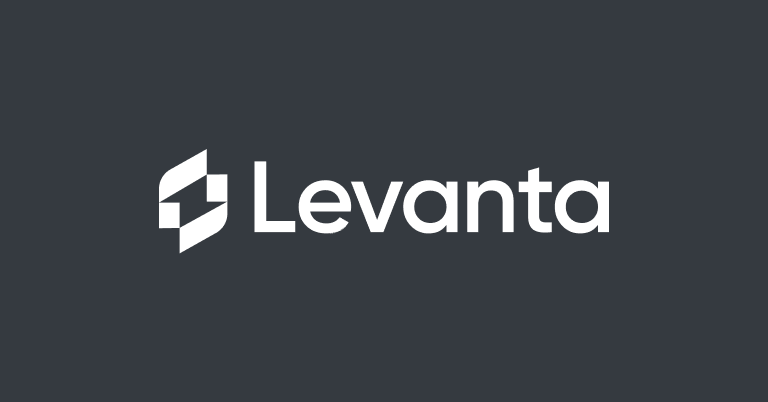
Overview
Let’s start this with some statistics that shed light on the differences between customer acquisition and customer retention. The long standing wisdom is that it costs five times more to snag a new customer than to keep one you already have. But this is not entirely the case, says the Harvard Business Review. Not all businesses are created equal, and costs are variable depending on a variety of factors. For this reason, HBR asserts that you should expect it to actually cost five to 25x more to land that new customer. Even more compelling, holding on to just 5% of your existing customers and all other things being equal, your profits increase by 25% to 95%.
With that in mind, there may be no better way to spend your retention budget on Klaviyo, the marketing platform that’s been automating customer retention since 2012. Founded by Andrew Bialiecki (now the CEO) and Ed Hallen (now the CPO), Klaviyo is proof that the name of your company is less important than your product. There were enough people who couldn’t pronounce and/or spell it—let alone comprehend it—that they eventually had to publish a blog post explaining it all. But here’s the thing about that blog post: it happened four years after launching, when the company was in full swing and steadily growing. The name might not have helped, but it definitely didn’t hurt.
Bialecki and Hallen met when they both worked for Applied Predictive Technologies, an analytics company that helped Fortune 500 type companies use data to gain deep understanding of their customers and more accurately market to them. They were both impressed by the ways in which large companies used the data to their advantage in crafting highly targeted campaigns, and they were also moved by the large sums of money these clients of theirs would spend in order to achieve this. This left them with two questions: Why is this so expensive? And wouldn’t this all work for small companies, too?
The answer to the first question, it turned out, is that this kind of marketing doesn’t have to be expensive. The real cost was in developing it, which—with their APT customers—was all happening in-house. Had there been software like Klaviyo back then, the cost to adopt it would have been a fraction of what they spent to create it from scratch. The answer to the second question was much simpler: Yes. With this in mind, the way forward seemed clear for Bialecki and Hallen. Now, with more than a quarter million e-commerce brands using Klaviyo to hang on to their customers, the platform has become, if not a household name, a storefront name.
Pricing
Klaviyo has some pretty straightforward pricing, in that the features remain the same across the board for all levels of service. The only variable that determines pricing is the number of email contacts you have and—if you want texting features, too—the number of SMS messages you’ll send.
Every plan includes these capabilities: audience segmentation, custom automated email flows (but also pre-built series of emails for abandoned carts and welcoming new customers), order followups, autoresponders, real time tracking, A/B testing, signup forms and popups, automated list imports, email templates with dynamic data and content blocks, product recommendations, email personalization, Facebook advertising, reporting, and integrations. If you’re on a free plan you’ll only receive email support; paid plans get email and chat.
There are far too many pricing tiers to cover, and they go in inconsistent increments, for both the number of email contacts and the monthly price. Between email and SMS pricing, there are way to many levels to cover here. The easiest way to understand what it will cost you is to just plug your numbers into their pricing tool.
The Details
For all of its commitment to automation, installing and configuring Klaviyo isn’t exactly painless. It’s not difficult, either—you don’t need any specialized skills—but there are a few steps and manual configurations you‘ll need to go through to get it all going. Depending on what your e-commerce platform is, it could be a little more involved. As you might expect, Shopify is the easiest of the lot, but even with that there are a few manual configurations you’ll need to get out of the way. But don’t let this paint a dour picture. Even much of the manual stuff is just copying and pasting code into your store’s HTML, and a lot of the heavy lifting is handled behind the scenes during installation.
For instance, Klaviyo will guide you in installing the app for Shopify and then automatically sync up with your store, such that it will be able to see your customers, products, and orders. If your customers have already opted-in to marketing via Shopify, that information makes its way to Kalviyo, too, and there’s nothing more you have to do to make sure they get your emails and/or texts. If you wanted the software to track products that your customers just looked at (but didn’t buy), there are several lines of code you’ll need to add copy and paste in manually—and there are a couple of different ways to do that, depending on what themes you’re working with.
Something that Klaviyo does really well is to educate users on best practices for email marketing as you’re setting everything up. To get the most out of the software requires you to do things right—more specifically: don’t be a spammer. The setup guides contain a lot of information for making sure your list is populated with the right people, and that there’s another list of people who’ve opted out, ensuring you don’t get on their nerves with unwanted emails.
Setup is a good time to start segmenting your audience, as well. These segments are created by you defining certain rules and conditions that determine where customers will be placed. People who’ve purchased in the last 30 days could be one segment. Someone who hasn’t even opened an email from you might on another one. You create all the criteria, and then Klaviyo builds the lists on the fly as customers meet (or stop meeting) the requirements for entry into any specific segment.
When you combine these dynamic segments with automated flows, that’s when Klaviyo starts to really earn its keep in your marketing arsenal. Flows are set off by different triggers—like someone is automatically added to a segment, but the triggers can also be based on things like purchases, dates, or price drops, for example. An abandoned cart can trigger a flow, but even just browsing at a product and not buying it can cause an email to be sent. Klaviyo comes with several pre-built flows, but you can also create them from scratch to suit your needs.
With all the behind the scenes setup done, your next step is to start designing your emails and templates. In some cases, you can build out an entire series of emails right up front, and run them like a drip campaign. If someone opts in to receive marketing emails, you might have a pre-made series of emails ready to drip into their inbox on whatever schedule you decide. With so many options for including dynamic and personalized content, you can craft this series in such a way that each new customer will have this welcome series tailored to their shopping history.
Better than a drip campaign, though, is Klaviyo’s ability to create nurture campaigns, using flows and triggers to determine what comes next in the series. The more data you can get into Klaviyo, the more targeted your approach can be. And this is where integrations come in.
Integrations
With Klaviyo, integrations aren’t merely a way to make your marketing platform sync up with other apps you might be using. Every integration is another opportunity to bring even more data into the platform. Every bit of information Klaviyo ingests is another insight that you can use to personalize your communications further. With over 200 integrations available, there’s no end to the number and types of insights you’ll get. OK, sure, that was hyperbole, and of course there’s a literal end somewhere, but you’ll be hard pressed to find it.
It would be impossible to cover all of the integrations here, and it’s enough to say that users of Klaviyo will likely be able to work with just about anything in their tech and/or marketing stack. The directory of integrations is actually surprisingly light on a bunch of software you’ve heard of, and maybe expect to be included (especially around CRM and social media). But there are many, many more you might not have heard of, and they seem to fit very well with what Klaviyo is trying to do. All of these integrations have one thing in common, though, and that’s the fact of their collecting data and syncing it—sometimes for no other reason than to just give you new ways to segment your audiences.
If you’re not yet using anything beyond your e-commerce platform and Klaviyo, use the directory as a shopping guide. Or, better yet, Klaviyo offers a kind of “matchmaking” service to recommend the best ways forward based on your needs.
Conclusion
There’s really never been a better time to run a small business retail operation. You can open a whole store for a few hundred dollars (plus the cost of merchandise), and advertise to the entire world for the price of a social media account. If you want to target specific audiences in your quest to get new customers, even that is a low cost proposition with Facebook. But for all the effectiveness of Facebook Ads—and the jury’s still out on it, really—it’s a fraction of what business owners can accomplish with a tool like Klaviyo.
Customer retention pays back in two ways. The first, and most obvious way, is the repeat business you get from someone. The second, though, is the word of mouth you’ll receive from customers who keep coming back to your store and products/services. Throw a loyalty app into the mix with refer-a-friend bonuses and your retention becomes the catalyst for acquisition. This is why the smart advice is to always focus on keeping the customers you already have over finding new ones. If customer retention is the best way to spend your marketing budget, and email marketing is still one of the most effective ways to reach customers, then the decision to use Klaviyo should be as automatic as the emails and SMS messages it sends.
Rating
-
Features
-
Ease of Use
-
Reporting
-
Integrations






